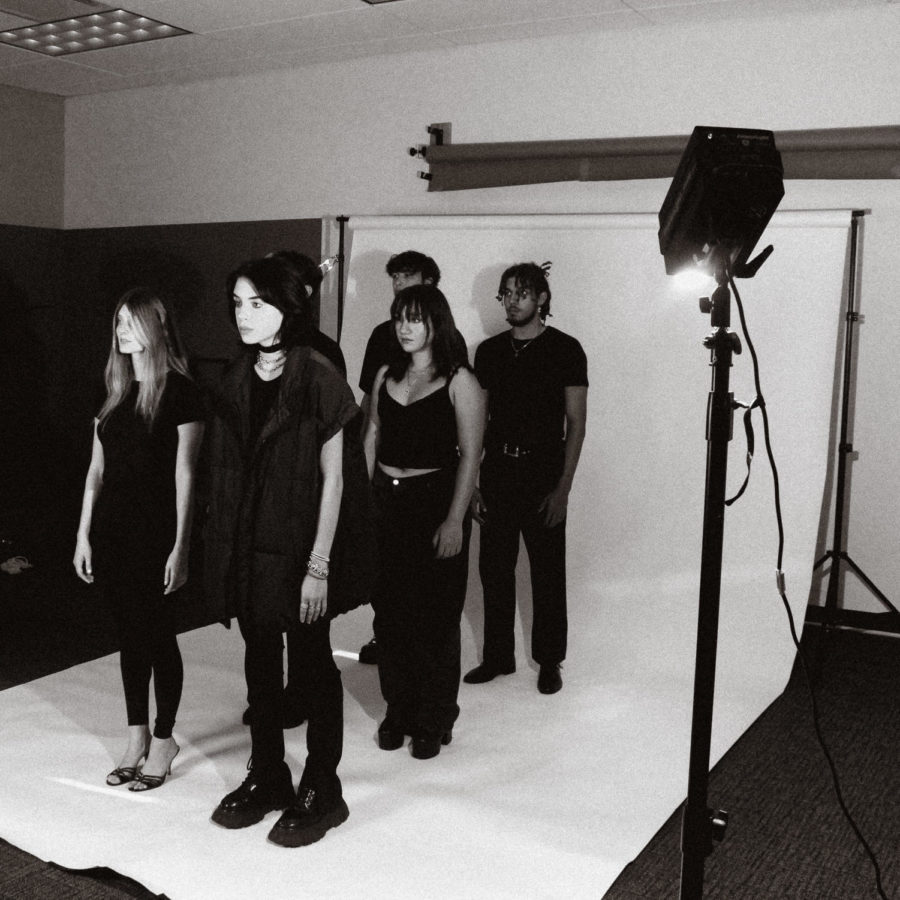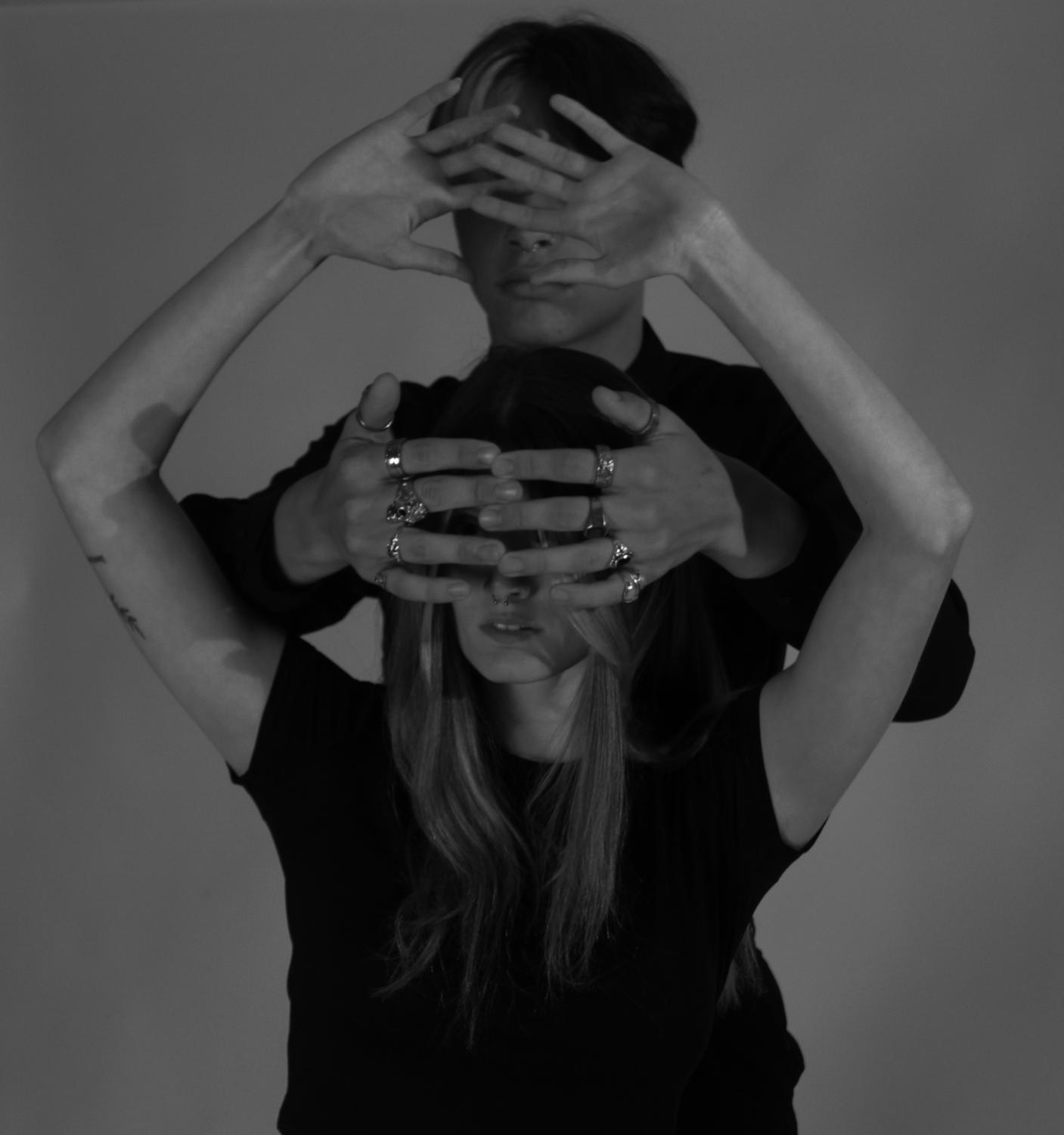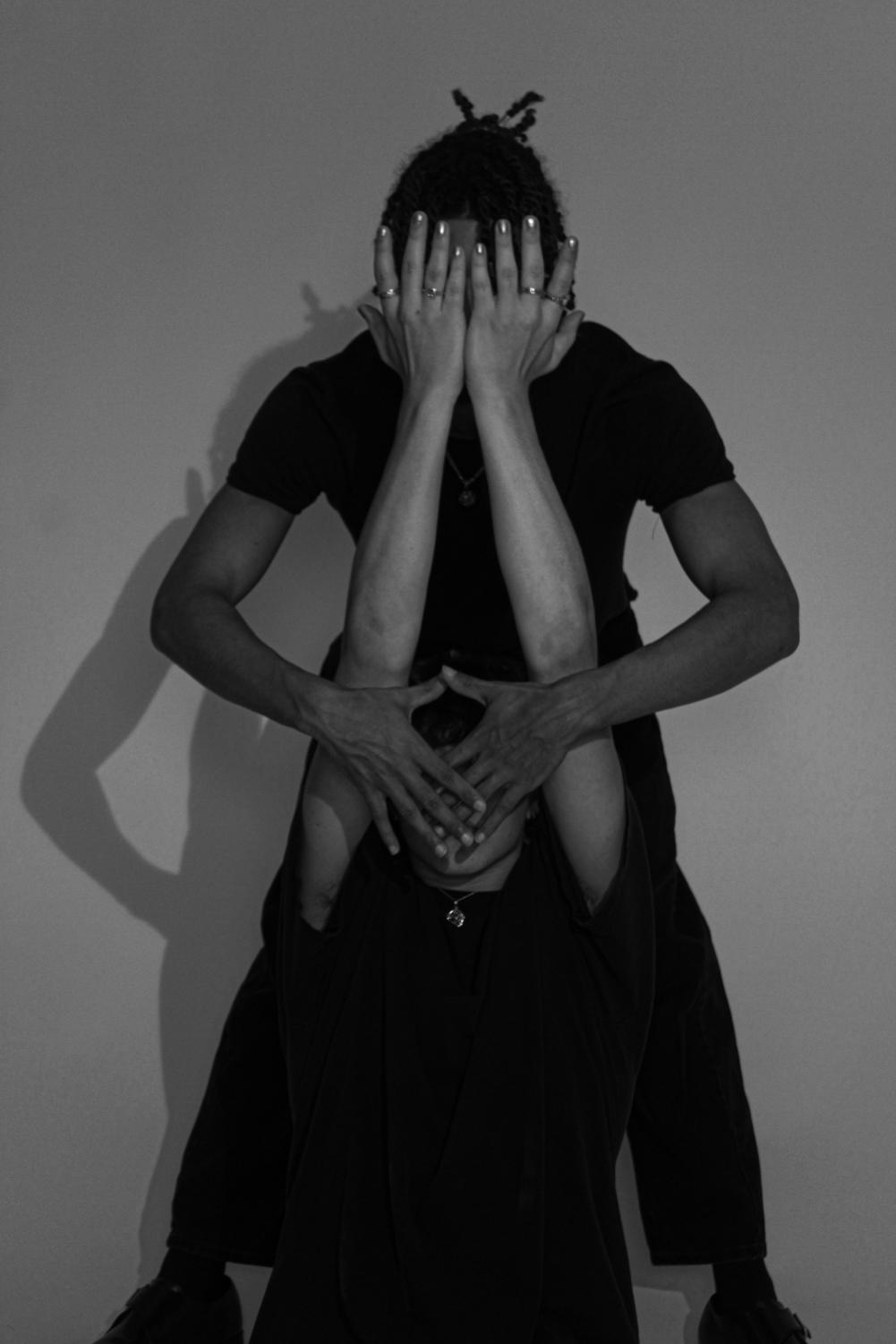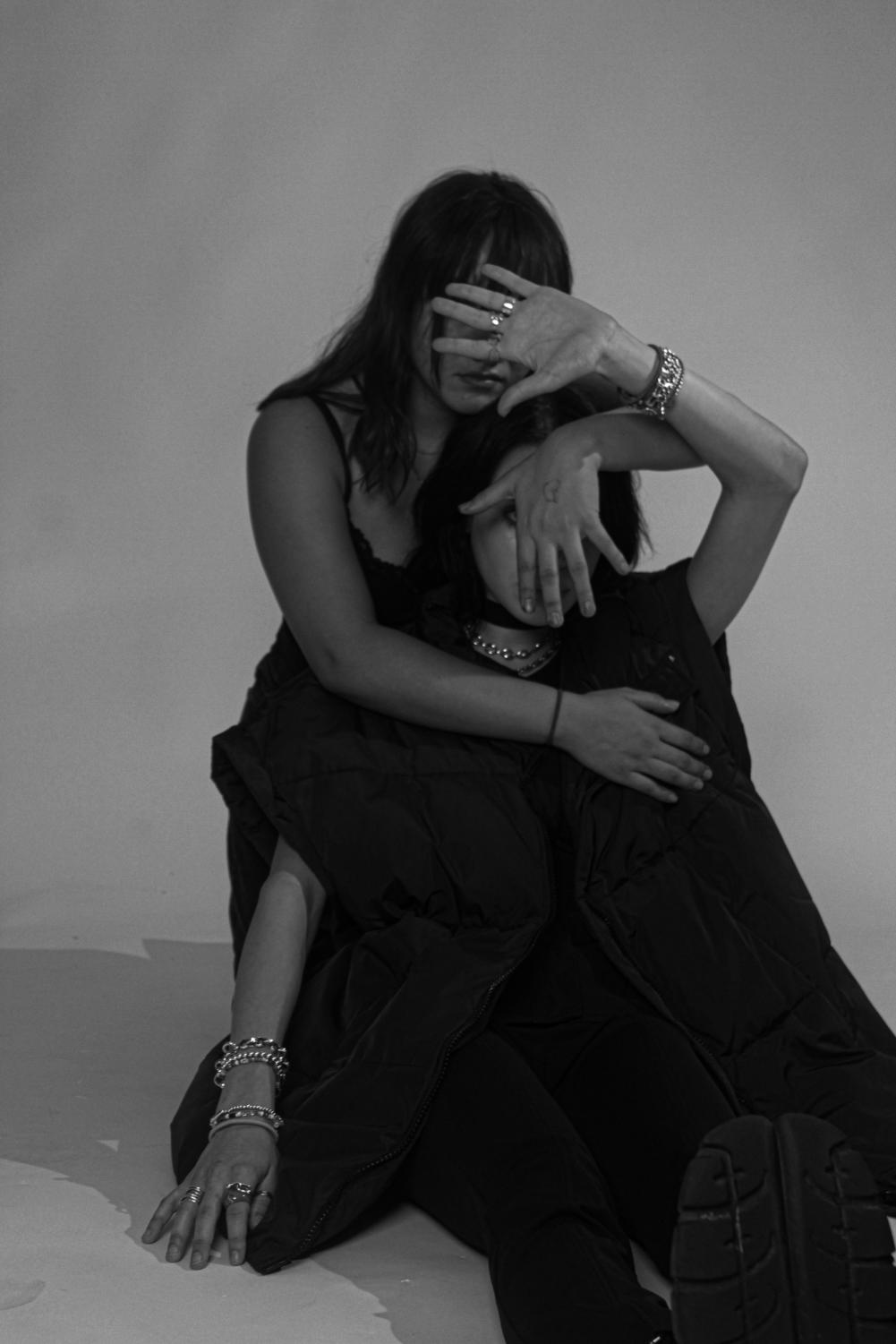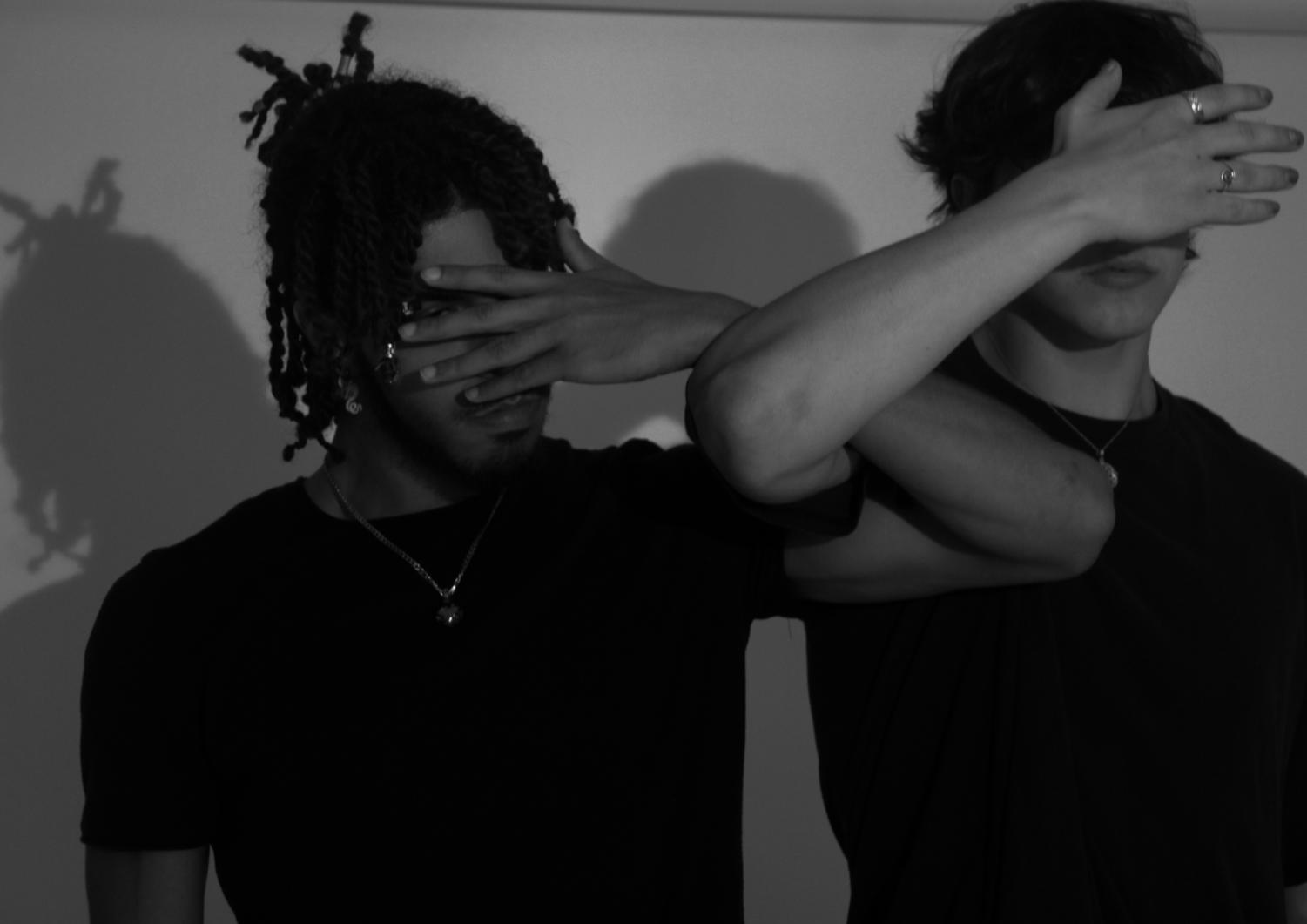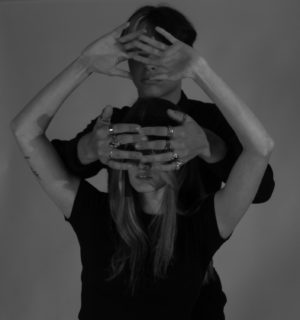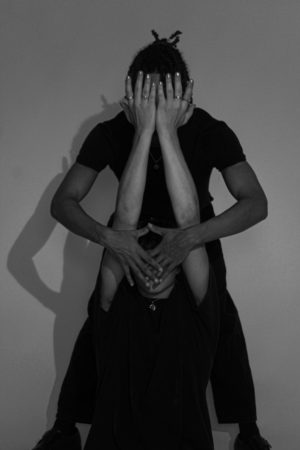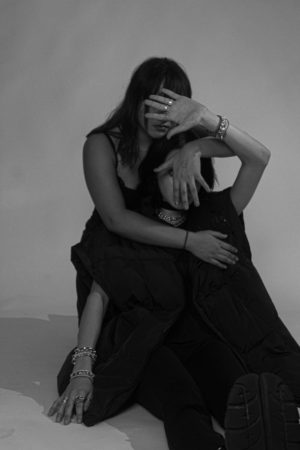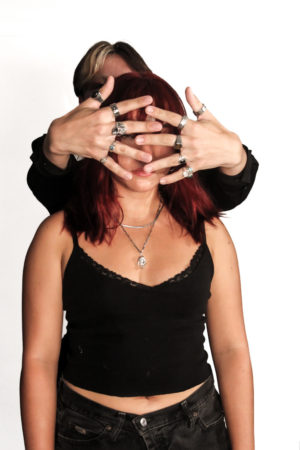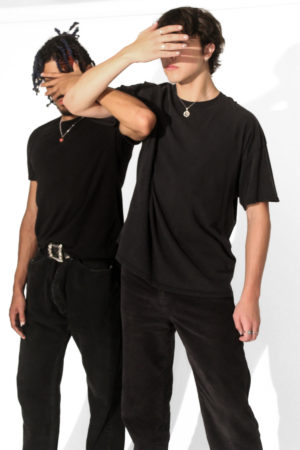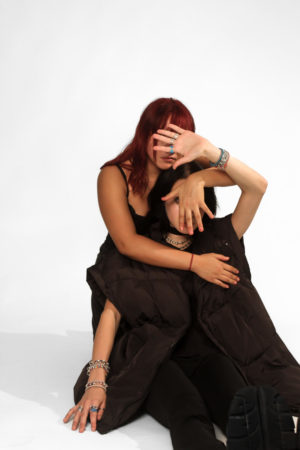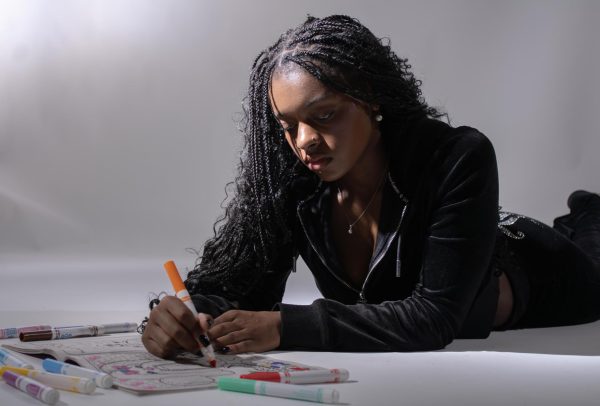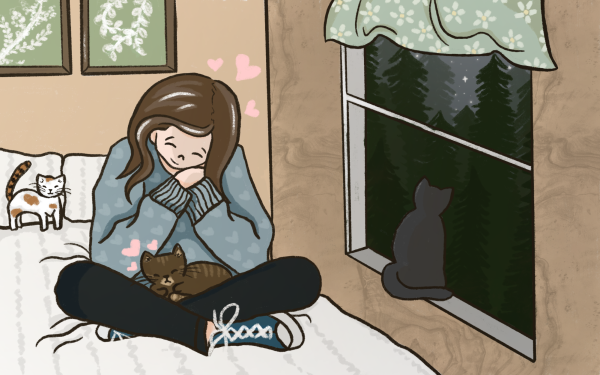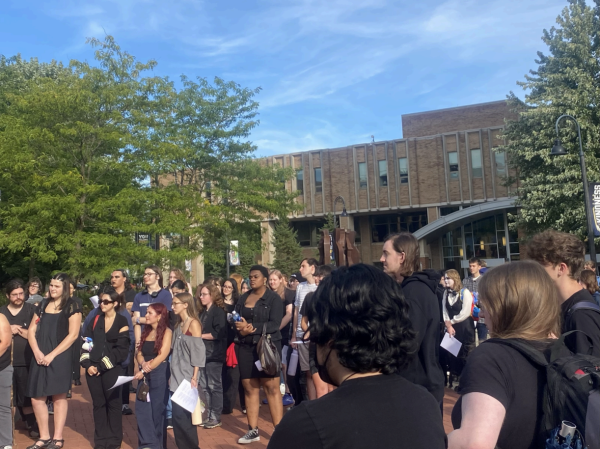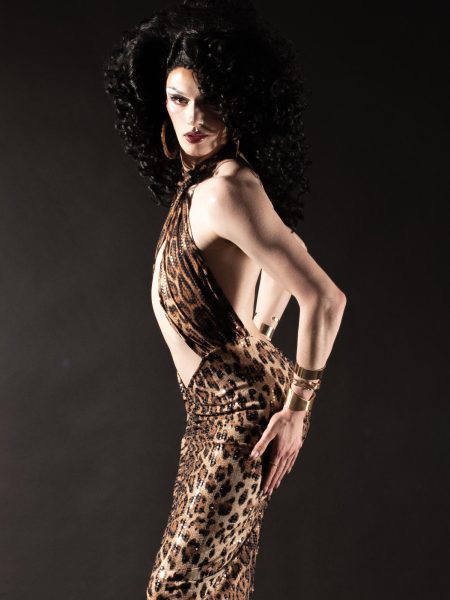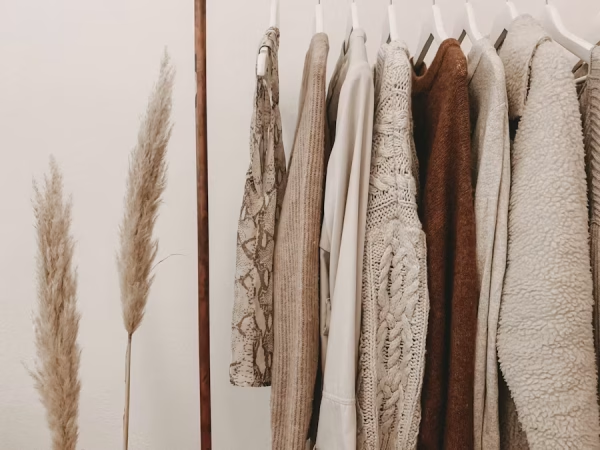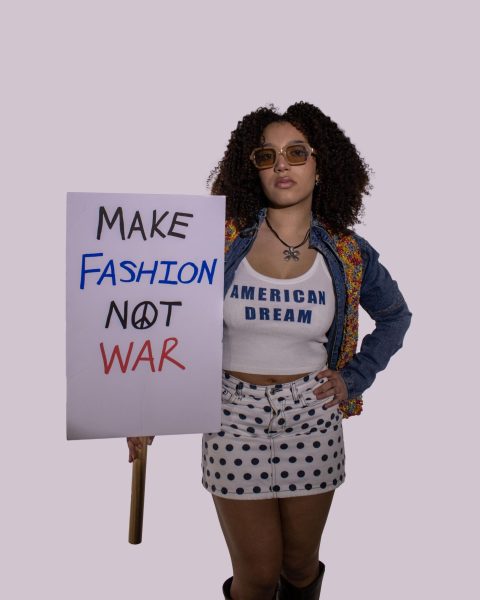the future of gender expression in runway shows
photo: katelyn nguyen // models: madison kish, nolan ruth, alessia liebovich, shana mendelsohn, dontay mystin, jacob jones
Harry Styles shook the internet not only with his debut as the first solo male featured on the cover of Vogue, but also by doing so in a gorgeous A/W20 Gucci dress. Styles was certainly not revolutionary in his choice to wear a dress, gaining inspiration from musicians like Prince, Kurt Cobain and David Bowie, who were known for testing society’s gender boundaries for clothing. One big question arises out of Styles’s style: If clothing has no gender, why was it so controversial to put a woman in a suit and why is it still controversial to see a man in a dress?
This statement generated a lot of debate surrounding masculinity and femininity in the eyes of society. While Kurt Cobain may have pulled off the skirt look, he still tested the waters when it came to what society views as acceptable clothing for a man to wear. He risked people saying that he was too feminine and therefore “weak” or “inferior” to the male status. Women wearing pantsuits are making the same statement, as dressing “like a man” makes them improper or less “ladylike” to society’s gender norms.
These assumptions stem from systemic practices of homophobia and toxic masculinity which makes for an exclusive society not interested in celebrating differences. For many people, clothing is their most powerful form of self expression and everyone regardless of identity should equally have the ability to use it as an outlet. Harry Styles has used the power generated by his predecessors to make a statement on wearing whatever he wants regardless of societal stigmas.
The fundamental problem with defining clothing as genderless is that garments are often separated into categories of “menswear” and “womanswear.” These terms place a gender label on the clothing, thus constricting consumers into gendered boxes. Though the line has blurred over the years as to what belongs in each category, the binary altogether has not been broken.
Female identifying models have been walking in menswear shows and vice versa. According to Vogue, this has been present for as far back as 2014 with Prada’s S/S Collection and most popularly beginning in 2017 spreading to Gucci and Bottega Veneta. Trans and nonbinary models have been given more of an opportunity to be featured on the runway, such as in the Louis Vuitton S/S ‘19 show. Mixed gender catwalks have also gained traction such as Gucci’s S/S ‘19 collection and Maison Margiela S/S ‘19 show.
Designers have made more progress in the last couple of years in regards to breaking gender roles. In the aspect of modeling, Balenciaga has made massive strides in their recent Resort ‘23 and Fall ‘22 couture shows by presenting models masked head to toe to blur their gender identity and push for an androgynous look at clothing and design. Demna Gvasalia, creative director of Balenciaga, is known for his signature encasement of models in sculpture-esque fabric and neoprene masks. Gvasalia stated in a recent interview with Vogue Runway that “this is why the lineup started with very otherworldly, almost futuristic neoprene looks, which was my idea of interpreting gazar in 2022.”
Neutral silhouettes, colors and moods aid in avoiding traditional male and female distinctions. By using clothing as an extension of the body, it clings to create a deeper connection between human and material. In addition, online shopping apps like TheRealReal have a gender neutral search engine. For example, when a customer goes to search for an item of clothing, the search will load with both mens and womenswear pieces disguised together. With all of this progress, is the industry headed towards a genderless design track?
Many people don’t strictly fit in one category of expression, nor should they feel pressured to. According to the Williams Institute at UCLA School of Law, as of 2021 1.2 million adults in the U.S. identify as nonbinary. Becoming more gender inclusive on the runway could benefit many consumers and appeal to more consumers of all gender expressions. If these binaries were destroyed, many consumers would feel more comfortable not having the pressure to fit into their “assigned” closet. While the trickle-up standard has been pushed for in recent decades, there is still much power granted to runway shows in setting trends and standards for the divisions below haute couture.
With runways testing the waters by mixing models between menswear and womenswear, the next step could be getting rid of the division based on gender altogether. According to BBC, this would trickle down to affect merchandisers in ready-to-wear departments, inching closer and closer to mass consumers. Eventually, brands could find other ways to divide their stores and websites that aren’t necessarily based on gender association and would be more inclusive. For example, departments could be organized by clothing category or collections. Rather than having a website divide merchandise into womens and mens sections, they could divide products by professional wear and loungewear or shirts and pants. Within those categories, consumers would still be able to decipher what would best fit their body and style rather than feeling stuck in a gender binary they should not have to squeeze into.
Recent moves in the modeling and fashion industry have been about diversifying their model representation. The stigma surrounding body size, skin color, nationality and disability has begun to be chipped away, and it’s about time that the stigma breaks around gender inclusion. Advertising clothes with a men and women division leaves out a large consumer group and not only hurts the business, but hurts the public.
Support Student Media
Hi, I’m Catie Pusateri, the Editor-in-Chief of A Magazine. My staff and I are committed to bringing you the most important and entertaining news from the realms of fashion, beauty and culture. We are full-time students and hard-working journalists. While we receive support from the student media fee and earned revenue such as advertising, both of those continue to decline. Your generous gift of any amount will help enhance our student experience as we grow into working professionals. Please go here to donate to A Magazine.

